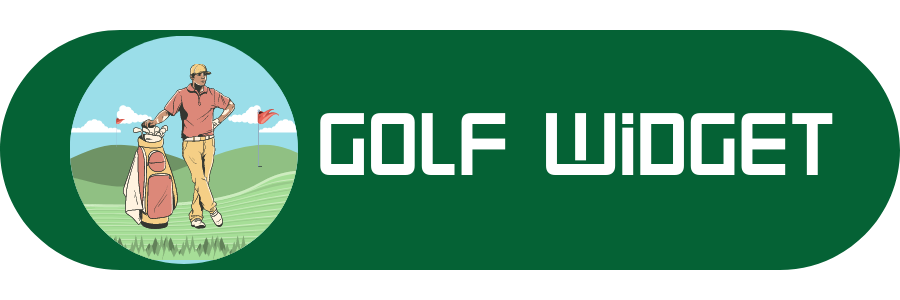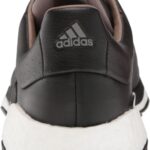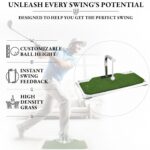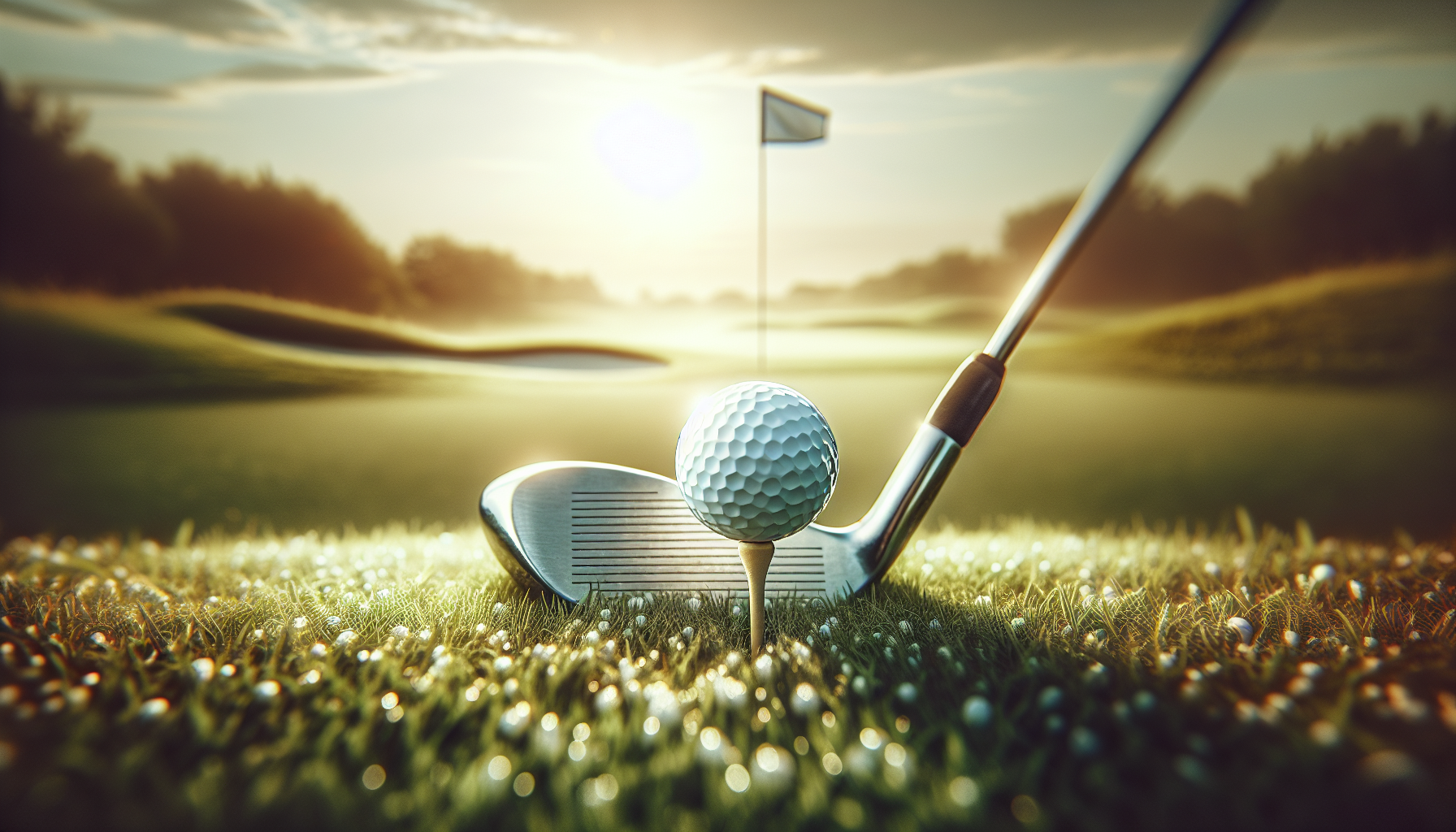
When faced with the myriad of options available in the world of golf clubs, it can be overwhelming to determine which ones are best suited to your game. With factors such as length, loft, shaft flex, and material composition to consider, the process of choosing the right golf clubs is both an art and a science. This article will guide you through the essential considerations, helping you make an informed decision that will enhance your performance on the green.
Understanding Your Skill Level
Beginner
As a beginner golfer, it’s important to choose golf clubs that are forgiving and easy to handle. Look for clubs that offer a large sweet spot and a higher degree of forgiveness, as this will help minimize the impact of any mishits. Beginner golf clubs often have larger clubheads and more offset, which can help correct a slice or a hook. These clubs are typically designed to provide maximum distance and are often more affordable than advanced-level clubs. It’s advisable to focus on the basics of the game before investing in more specialized clubs.
Intermediate
If you have progressed beyond the beginner stage and are looking to improve your game, intermediate-level golf clubs are a suitable choice. These clubs offer a balance between forgiveness and control, allowing you to develop your skills while still providing some assistance on off-center hits. Intermediate clubs often have a slightly smaller clubhead and less offset compared to beginner clubs. They also tend to offer more customization options, allowing you to fine-tune your game according to your preferences.
Advanced
Advanced golfers, who have developed a solid skillset and consistency in their game, often prefer clubs that offer maximum control and precision. These clubs are typically designed for experienced players who have the ability to consistently strike the ball in the center of the clubface. Advanced-level golf clubs generally have smaller clubheads, less offset, and provide greater workability. They offer a higher level of customization, allowing advanced golfers to tailor their clubs to suit their specific playing style and preferences.
Know Your Swing Speed
Slow Swing Speed
For golfers with a slower swing speed, it’s important to choose clubs that are optimized for maximum distance and forgiveness. Slow swing speeds often benefit from clubs with a higher loft angle, as this can help generate greater carry distance. Look for clubs that have a lightweight design and a flexible shaft to help increase clubhead speed. Additionally, consider golf balls with a low compression rating, as these can help maximize distance off the tee.
Moderate Swing Speed
Golfers with a moderate swing speed have a wider range of club options available. The ideal club for moderate swing speeds will provide a good balance of distance and control. Consider clubs with a medium flex shaft, as this will help optimize both distance and accuracy. Mid to low spin rates are also beneficial for maximizing distance and increasing the chances of hitting fairways and greens in regulation.
Fast Swing Speed
Golfers with a fast swing speed require clubs that can handle the extra power and generate optimal distance and control. Look for clubs with a stiff or extra stiff flex shaft, as these will provide the necessary stability and control for faster swings. Clubs with a lower loft angle can also be beneficial for golfers with fast swing speeds, as they help reduce spin and provide a penetrating ball flight.

Choosing the Right Club Types
Woods
Woods are designed for long-distance shots off the tee or from the fairway. They typically have larger clubheads and longer shafts, which help generate maximum distance. There are three main types of woods: the driver (1 wood), which is used for long tee shots; the fairway wood, which is used for shots from the fairway or rough; and the hybrid, which combines the characteristics of irons and woods and is suitable for a variety of shots.
Irons
Irons are versatile clubs that are used for a wide range of shots, including approach shots, shots from the fairway, and shots from the rough. They have shorter shafts and smaller clubheads compared to woods, providing greater control and accuracy. Irons are numbered from 1 to 9, with lower-numbered irons (1-3) typically used for longer shots and higher-numbered irons (7-9) used for shorter shots.
Wedges
Wedges are specialized clubs designed for shots that require a high degree of control and precision, particularly around the green. They have a high loft angle, enabling golfers to generate a high trajectory and land the ball softly on the green. There are four main types of wedges: pitching wedge (PW), gap wedge (GW), sand wedge (SW), and lob wedge (LW). Each wedge has a different loft angle and is used for specific shot situations.
Putters
Putters are used for the final strokes on the green. They have a flat clubhead and are designed to roll the ball smoothly along the putting surface. Putters come in a wide variety of styles, including blade putters, mallet putters, and face-balanced putters. The choice of putter largely depends on personal preference and the specific putting stroke of the golfer.
Consider Shaft Flex
Regular Flex
A regular flex shaft is suitable for golfers with a moderate swing speed. It offers a balance of distance, control, and forgiveness. Regular flex shafts have some flexibility, allowing for a slight bend during the swing, which helps generate clubhead speed and distance. They are generally recommended for most golfers unless either a slower or faster swing speed is present.
Stiff Flex
Golfers with a faster swing speed often benefit from a stiff flex shaft, as it provides more control and stability. A stiff flex shaft has less flexibility than a regular flex shaft, minimizing the chance of the clubhead twisting at impact. This results in a more accurate shot and better consistency. Golfers with a slower swing speed may find it more difficult to generate sufficient clubhead speed with a stiff flex shaft.
Senior Flex
Senior flex shafts are designed for golfers with a slower swing speed. They provide more flexibility, allowing for greater clubhead speed and distance. Senior flex shafts help generate a higher trajectory, which can be beneficial for golfers who struggle with distance. Golfers with a faster swing speed may find senior flex shafts excessively flexible, leading to a loss of control and accuracy.
Extra Stiff Flex
Extra stiff flex shafts are specifically designed for golfers with an exceptionally fast swing speed. They provide maximum control and stability, minimizing the potential for the clubhead to flex or twist during the swing. Extra stiff flex shafts are suitable for professional golfers or highly skilled amateurs who possess the strength and skill to handle the rigid nature of these shafts. Golfers with a slower swing speed may find extra stiff flex shafts extremely difficult to generate sufficient clubhead speed.
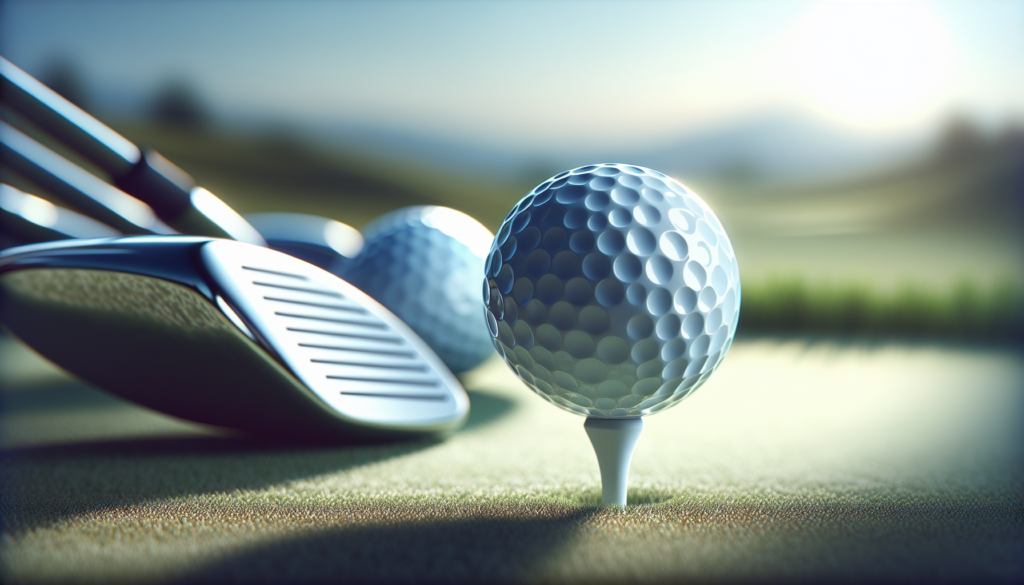
Determining Club Length
Standard Length
Standard length clubs are designed for average-height golfers and are the most commonly available option. The standard length varies depending on the type of club, with drivers being the longest and wedges being the shortest. Golfers who fall within the average height range can comfortably play with standard length clubs. It’s important to note that a golfer’s height is not the only factor to consider when determining the appropriate club length.
Custom Length
Golfers who are either exceptionally tall or significantly shorter than average may benefit from custom club lengths. Custom length clubs are tailored to fit the individual golfer’s height and body measurements. Length adjustments can allow golfers to achieve better posture and swing mechanics. Getting custom-fitted clubs can result in improved performance and overall comfort on the course.
Grip Size and Material
Standard Grip Size
Standard grip size is suitable for most golfers, offering a balance between comfort and control. The size of the grip can vary slightly between club manufacturers, but it generally fits the average-sized hand. Standard grips provide a neutral feel and are suitable for golfers with average hand sizes.
Oversize Grip
Golfers with larger hands or those who desire more control may opt for oversize grips. Oversize grips provide a more secure grip, resulting in reduced hand pressure and improved control. They can be particularly beneficial for golfers who struggle with a tendency to slice the ball, as the larger grip size can help reduce grip tension and promote a more neutral swing.
Undersize Grip
Undersize grips are designed for golfers with smaller hands. These grips offer a more comfortable and secure grip for golfers who find standard grips too large. Undersize grips can help golfers maintain better control, particularly if they have difficulty fully wrapping their hands around a standard-sized grip.
Material
Golf club grips are commonly made from rubber or synthetic materials. Rubber grips offer a good balance of durability, comfort, and consistent feel. They provide excellent traction in various weather conditions, ensuring a secure grip on the club. Synthetic grips, such as those made from thermoplastic materials, offer similar performance characteristics to rubber grips but may provide additional benefits such as moisture-wicking properties.
Weight and Balance
Clubhead Weight
Clubhead weight plays a crucial role in the overall feel and performance of golf clubs. Lighter clubheads are generally easier to swing and offer increased clubhead speed, which can be beneficial for golfers with slower swing speeds. Heavier clubheads, on the other hand, can provide more stability and control, which may be preferred by golfers with faster swing speeds. It’s essential to find the right balance of clubhead weight that suits your swing and playing style.
Club Balance
Club balance refers to the distribution of weight throughout the club. Different types of golf clubs, such as woods and irons, require different balance points to optimize performance. Golfers typically look for a balanced club that feels comfortable and enables them to swing with control and consistency. Finding the right balance can contribute to better ball striking and overall shot performance.
Clubhead Design
Cavity Back
Cavity back irons feature a cavity on the back of the clubhead, away from the clubface. This design redistributes weight to the perimeter of the club, providing increased forgiveness and a larger sweet spot. Cavity back irons are forgiving on off-center hits and are ideal for golfers who desire maximum distance and a higher trajectory.
Muscle Back
Muscle back irons, also known as blade irons, have a more compact and solid clubhead design. They feature a thin clubface and a center of gravity that is positioned closer to the clubface. Muscle back irons offer exceptional control and shot shaping capabilities but require a higher level of skill and consistency to achieve optimal results. They are usually preferred by advanced golfers searching for maximum feedback and precision.
Blade
Blade irons have a traditional design characterized by a compact clubhead with a thin topline and minimal offset. They provide the ultimate control for skilled golfers who consistently strike the ball in the center of the clubface. Blade irons offer a softer feel and allow for greater shot workability, making them a popular choice among professionals and low-handicap players.
Game Improvement Irons
Game improvement irons are designed to assist golfers in maximizing forgiveness and distance. They usually feature a cavity back design with a larger sweet spot, a lower center of gravity, and perimeter weighting. Game improvement irons are suitable for golfers of all skill levels who desire more forgiveness and consistency, particularly on mishits. They can be a great choice for beginners or high-handicap players looking to improve their game.
Consider Budget
Set a Budget
Before making a golf club purchase, it’s important to determine your budget. Golf clubs vary in price based on brand, quality, and type. Set a realistic budget that aligns with your financial situation and consider what level of investment you are comfortable with. Keep in mind that while more expensive clubs may offer advanced features or better performance, there are also affordable options available that can suit your needs.
New or Used Clubs
When considering your budget, decide whether you are open to purchasing new or used golf clubs. New clubs typically come with manufacturer warranties, ensuring quality and peace of mind, but they can be more expensive. On the other hand, used clubs can offer great value for money, especially if you are looking for a specific brand or higher-end model. Just make sure to inspect the used clubs carefully for any signs of wear or damage.
Try Before You Buy
Demo Clubs
To find the perfect set of golf clubs, take advantage of demo clubs provided by golf retailers or driving ranges. Testing out different clubs allows you to experience how they feel in your hands and how they perform during swings. Pay attention to factors such as clubhead feel, shaft flex, and overall comfort. Demo clubs give you the opportunity to assess which clubs best suit your swing and preferences before making a purchase.
Club Fittings
Consider getting a professional club fitting to ensure you are selecting the right clubs for your game. Club fittings involve analyzing various aspects of your swing to determine the ideal club specifications, such as shaft length, loft angle, grip size, and clubhead design. With data-driven insights, a club fitting can help optimize your equipment and improve your performance on the course. Schedule a fitting session with a qualified fitter to benefit from personalized recommendations based on your unique swing characteristics.
Choosing the right golf clubs can greatly impact your game and overall enjoyment of the sport. By considering factors such as your skill level, swing speed, club type, shaft flex, club length, grip size, weight and balance, clubhead design, budget, and trying out clubs before making a purchase, you can make an informed decision and find clubs that suit your individual needs. Remember, investing time and effort in selecting the right golf clubs will ultimately contribute to improved performance and a more enjoyable golfing experience.
